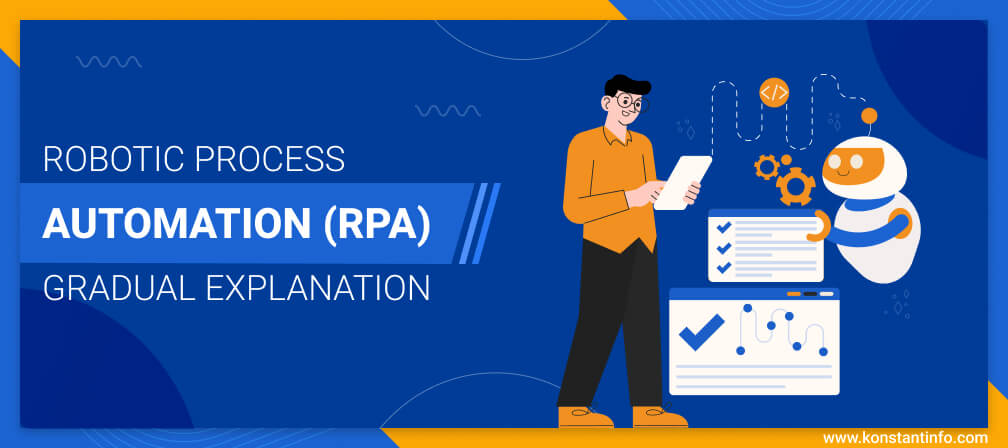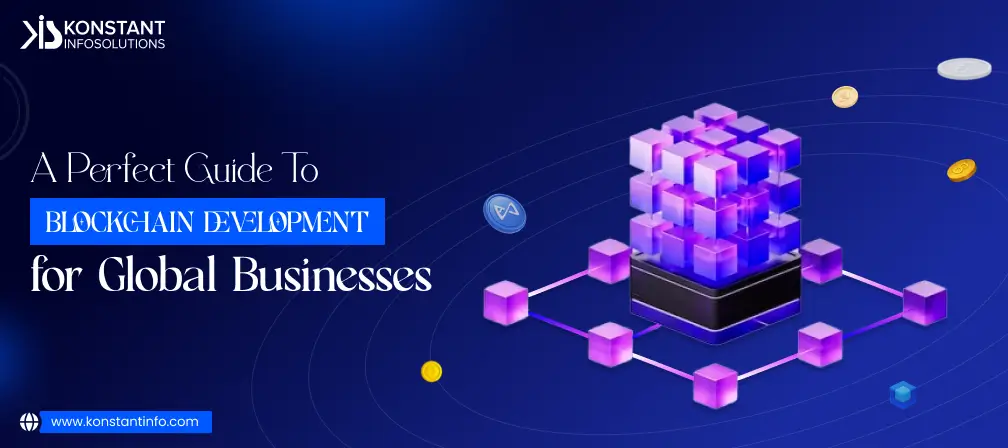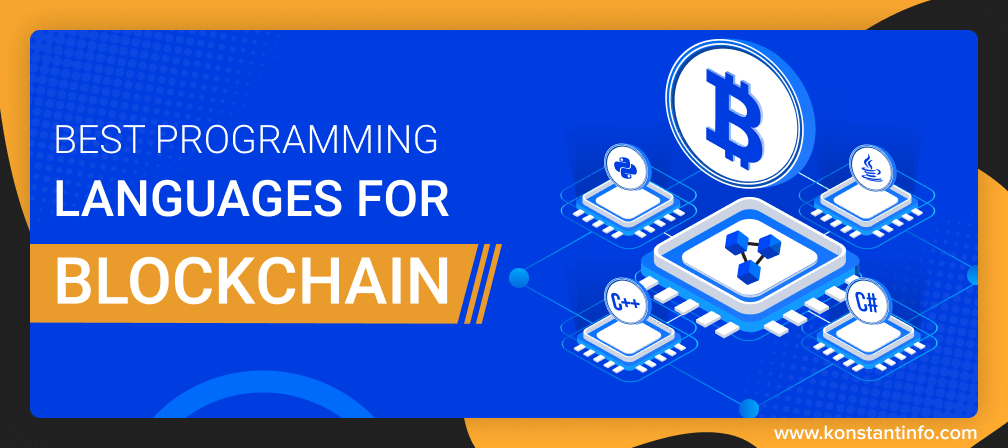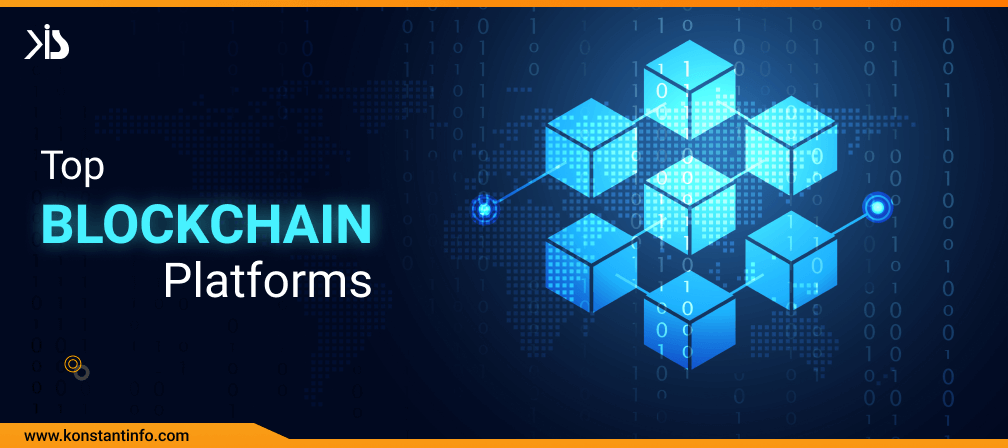
Robotic Process Automation (RPA) augments customers’ digital transformation initiatives by automating customer support, and activities at the backend.
Robotic process automation is a sub-step of hyper-automation which supercharges automation strategy to eliminate mundane tasks, reduce cost, and speed up the overall development process.
It brings a fresh burst of energy to existing initiatives and powers the business with sophisticated technologies like:
The entire process is voluminous, but it debuts more possibilities in 2022. It remains open for exploration. Here’s a cue!
There are many Enterprises in robotic process automation:
| UiPath, Automation Anywhere, Blue Prism, WorkFusion, EdgeVerve Systems, Kofax, Automation 360 Blue Prism Intelligent Automation Platform TruBot AutomationEdge RPA Suite ElectroNeek Studio Pro Qruize Magic Amelia US LLC Automation Anywhere Inc. AutomationEdge Blue Prism Group PLC | Appian WorkFusion Intelligent Automation Cloud IBM Robotic Process Automation ANTstein Pega Robotic Automation SAP Intelligent Robotic Process Automation Cyclone Laiye Appian Robocorp Programmable BeeckerCo Digital Workers Verint Systems International Business Machines Corporation Infosys Limited | Rocketbot XceleratorOne (X1) AssistEdgeNintex RPA JIFFY.ai AUTOMATE HelpSystems Automate Kryon Full-Cycle Automation Suite Brity RPA NTT WinActor akaBot Nividous ENCOO RPA AutoiQ (Legacy) Tecalis Kofax Inc. NICE Ltd. Pegasystems Inc. |
Tata Consultancy Services (TCS), etc. They work on Machine First Delivery Model (MFDM) that assembles intelligent automation with RPA. Meanwhile, it is pertinent for Business 4.0 transformations. It is the starting point to leverage all forward-thinking enterprises to enhance quality process outcomes, superior customer service, and higher productivity.
RPA programs came to fruition to enable enterprises to automate business processes. It makes employees focus on more important tasks. It helps reduce operating costs and improves business operations.
Robotic Process Automation Robots (RPA Bots) act like humans, may look like humans as well and serve a single point of integration. They are platform agnostic, which implies that they allow applications and software to integrate without dedicated APIs.
Example: If data from a spreadsheet is to be transferred to a customer relationship management system (CRM), the bot can be scripted to do that without human intervention. It will require minimal or no programming expertise.
Bots (Short for ‘Robots’) are computer programs that execute operations automatically once programmed. These can copy-paste, calculate, scrape web data, open and move files, extract unstructured data, log into programs, parse emails, and connect to APIs.
While robots have a physical body, bots do not have a physical body. Bot computer programs can assimilate with any workflow or interface to facilitate business systems, existing processes, and applications. These are easy to initiate, use, drag-drop, and easy to share, and stop. These can be scheduled, customized, cloned, and shared to execute business processes.
RPA eliminates repetitive tasks that are low in value and have a major goal for businesses across industries. Although we still do not have as many robots in the real world, virtual assistants suffice the business operating costs and boost productivity. It readily adapts to current technologies. RPA is applicable to any software system, mimics human actions, and does not involve coding changes, which makes it flexible.
Robots can tirelessly repeat a task, without fatigue, which is a common problem with humans. This gives humans essential time to be creative, innovative and interactive. Aligning robots with humans can make the task enjoyable, and efficient, and reduce overall cost.
RPA-enabled robots read the screen commands, identify and extract data, navigate systems, and perform a wide range of defined actions in a faster way without taking intermittent breaks.
It increases business productivity, transforms the process, enhances resilience, makes it accurate, improves compliance, and increases employee engagement.
RPA changes with time. It reduces or eradicates repetitive tasks like extracting, copying, inserting, deleting data, moving files and folders, filling forms, submitting captcha, completing the routine analysis, replying to chat messages, learning, mimicking, and executing rules based on business processes.
RPA-based bots can improve service levels as businesses implement RPA software to accomplish routine/rote data entry tasks like employee enrollment data entry, account assignment, document search (pdf), reading XML and JSON, FTP connections, collecting data, tracking inventory status and processing simple customer returns and likewise. It eventually helps human resources refocus on the creative side and enhance customer service.
No, both technologies unlock massive possibilities. RPA imbibes AI processes like machine learning models, character and image recognition, natural language processing (NLP), and image recognition into RPA robots.
Giving AI skills to robots expands their ability to handle cognitive processes:
RPA lifecycle management is a form of software development that follows a structured approach to successful product creation. Similar to the software development lifecycle it consists of stages in order:
From ending repetitive tasks to bringing about digital transformation most of the RPA software is platform-independent.
Robots are capable of handling complex orchestration of processes including inventory management, sales forecasting, store planning, ERP, and customer support.
These are the best solution for automating SAP processes, inbuilt libraries and support technologies like Email, Excel, Outlook, Web, UI, and Windows etc.
This illustration about RPA should equip you in understanding how businesses makes you achieve more in less time. Make your business AI-ready; let us induce automation, and elevate performance with intelligent RPA Software. Find Out How!



Neeti Kotia is a technology journalist who seeks to analyze the advancements and developments in technology that affect our everyday lives. Her articles primarily focus upon the business, social, cultural, and entertainment side of the technology sector.
Or send us an email at: [email protected]